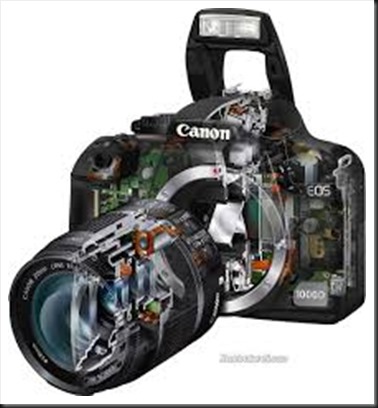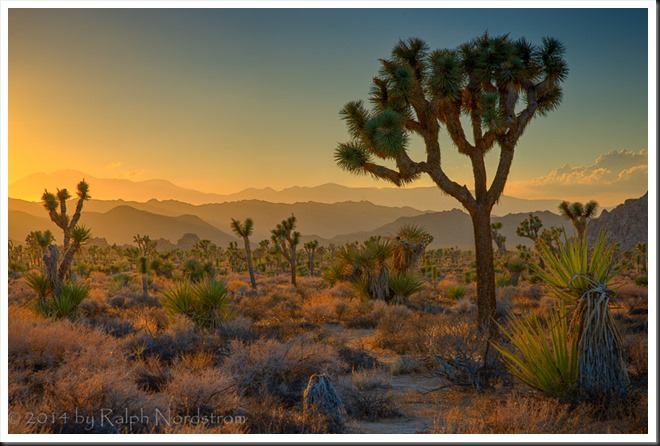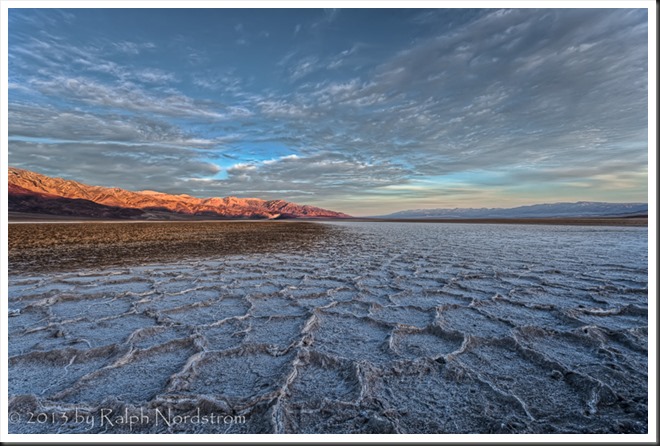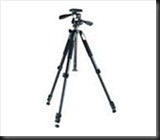I recently taught a photography class for the Mt San Jacinto Natural History Association. At an elevation of 10,834 feet, San Jacinto is the second highest peak in Southern California. The Natural History Association operates in conjunction with the Mt San Jacinto State Park and has a rich program of mountain activities. I was fortunate to be invited to teach the first-ever photography class for the association.
The class would consist of lectures and demonstrations, and be conducted in one of the meeting rooms in the mountain station of the Palm Springs Ariel Tram. We would have a morning and afternoon shoot in nearby Long Valley,
In preparing for the class, I anticipated that there would be a large cross-section of experience and abilities, with gear ranging from smart photos to high-end digital cameras, And that proved to be true. So rather than getting into the technical aspects of photography, the emphasis was on the creative. This normally consists of talking about light and composition which we took a bit of time to cover. But the main emphasis was On Seeing.
I wasn’t sure what there was to actually See in Long Valley. It was always something to pass through on the way to more exciting places like Round Valley or the summit, So, to find worthwhile things to photograph, our quest became to find and capture the essence, the soul of Long Valley.
And here’s what we found…
Continue reading “Photography Class on Mt San Jacinto”
(108)






